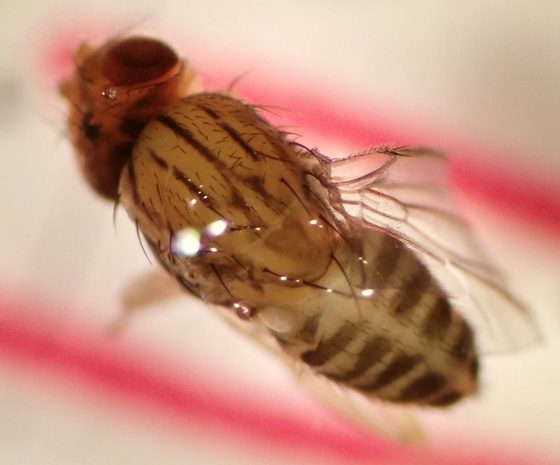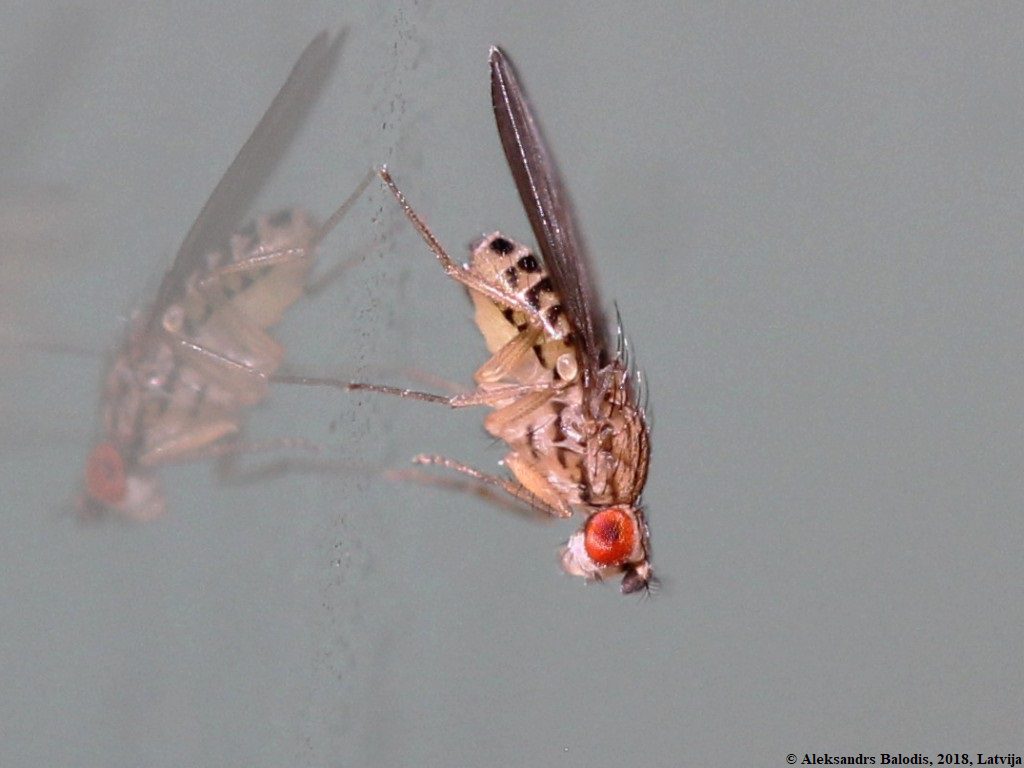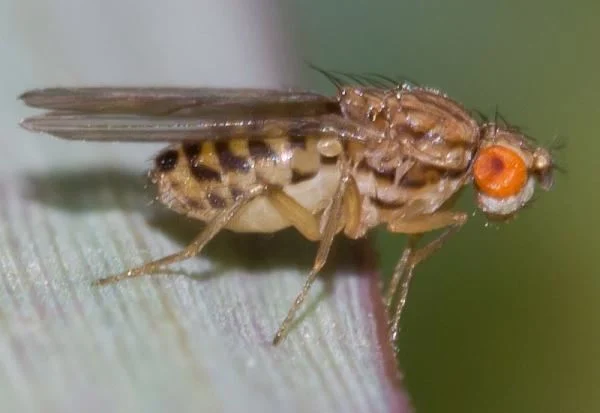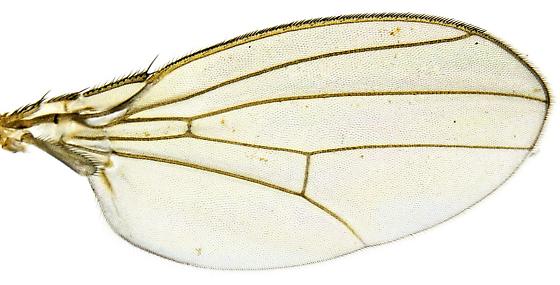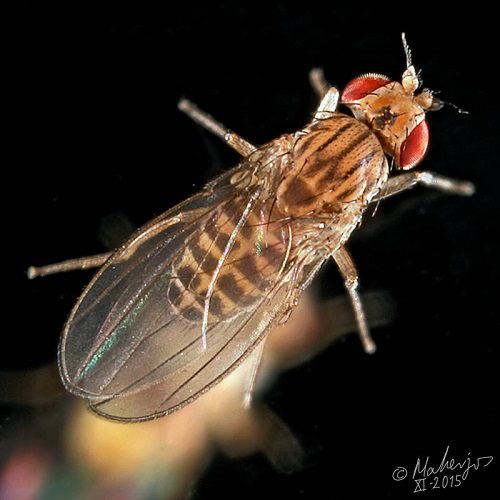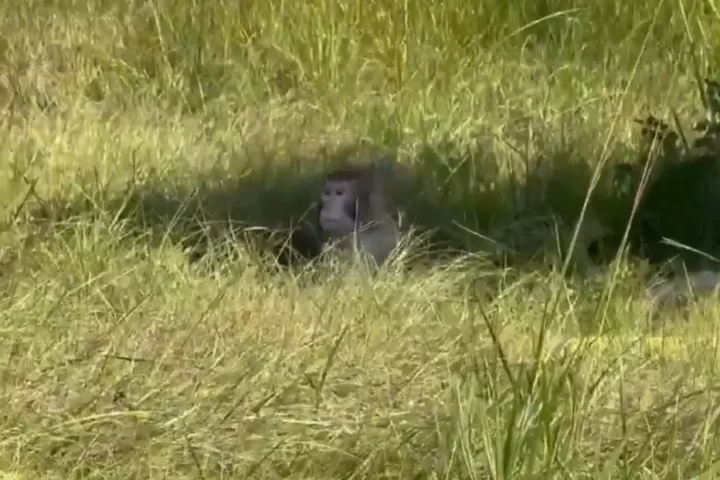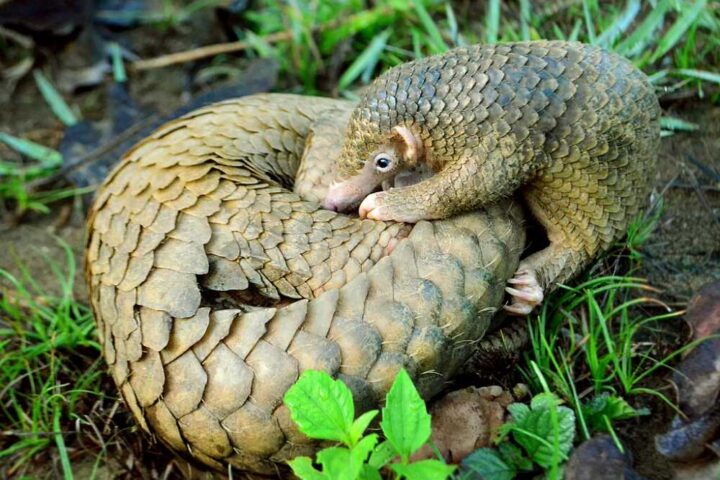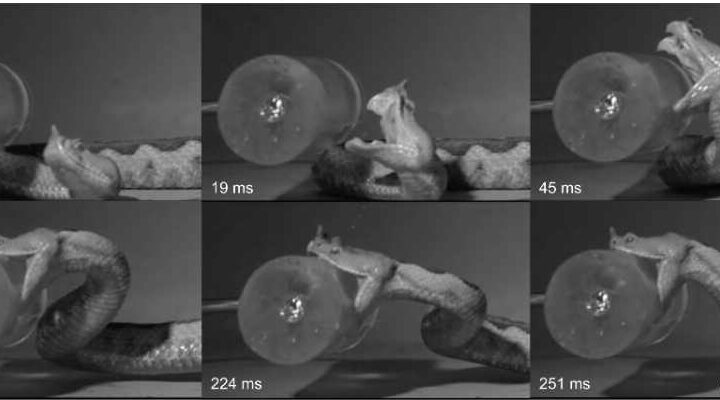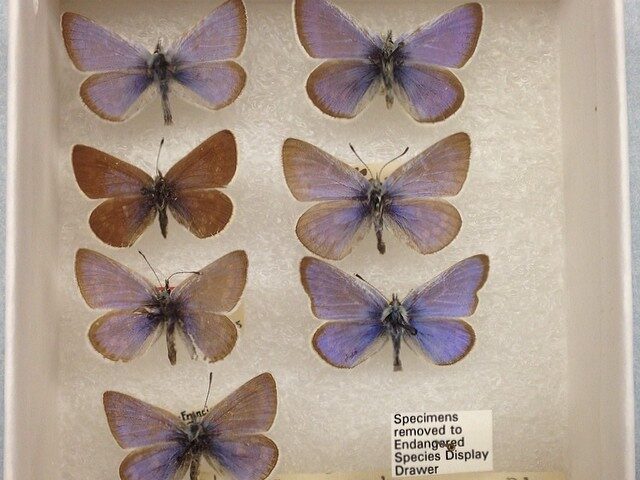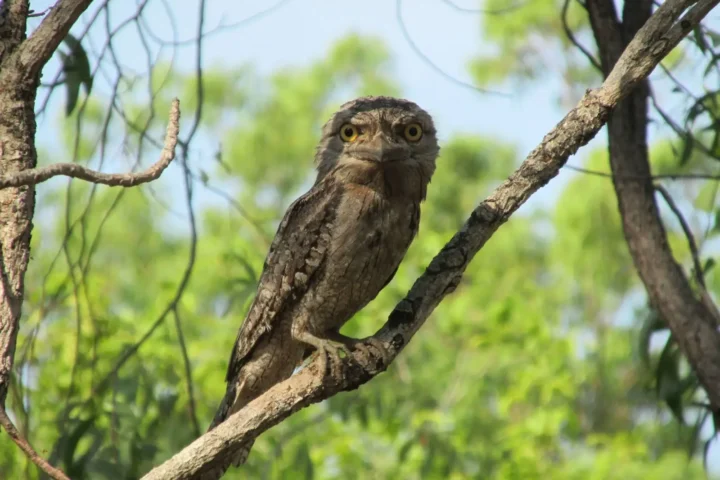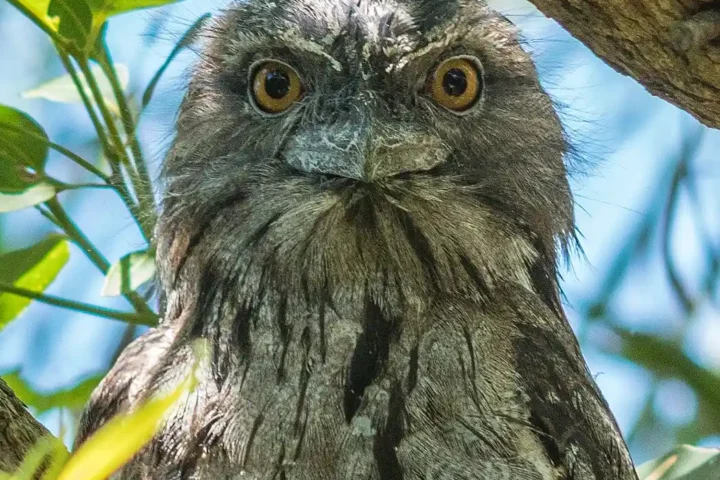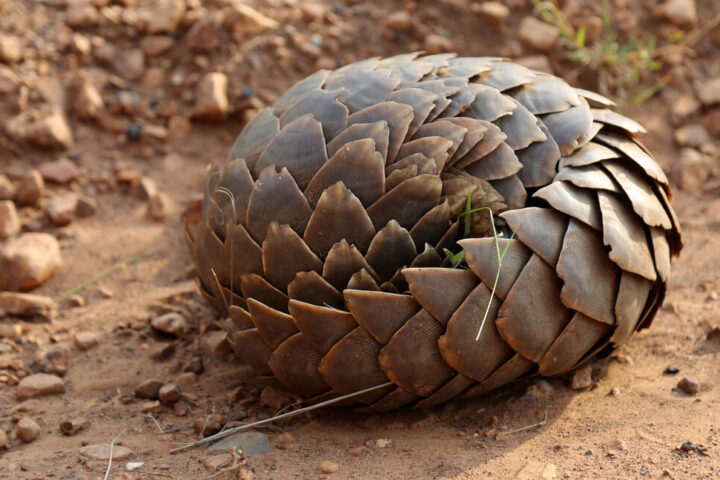Research conducted by the Max Planck Institute for Chemical Ecology reveals the detrimental effects of increased ozone levels resulting from air pollution on insect sex pheromones. For successful mating and reproductive cycles, pheromones are crucial. The oxidizing effect of ozone breaks down the carbon-carbon double bonds present in many insect pheromone molecules, rendering the specific chemical mating signals dysfunctional. The study, published in Nature Communications, focused on the vinegar fly Drosophila melanogaster and nine other species of the genus Drosophila. Surprisingly, the disrupted sexual communication also led to male flies exhibiting unusual mating behavior towards ozonated males of their own species.

Pheromones play a vital role in insect sexual communication, enabling males and females of a species to locate and mate with each other. These chemical attractants are unique to each sex and facilitate species-specific mating. Even slight differences in pheromone composition prevent mating between different species. The researchers investigated the impact of air pollution on the ability of insects to find and recognize each other during mating.
Most insect pheromones contain carbon-carbon double bonds, which are highly susceptible to ozone degradation. Previous studies had already shown that environmental pollutants like ozone and nitric oxide degrade floral scents, making flowers less attractive to pollinators. This led the researchers to wonder if air pollution also affects insect sexual communication. They found that increased ozone levels hindered the emission of pheromones by male flies.
To study the effects of ozone on mating behavior, the scientists developed an ozone exposure system that replicated ozone levels measured in urban areas during the summer. They created a controlled airstream with precise ozone concentrations using a thermal desorption unit coupled with a gas chromatograph/mass spectrometer to measure tiny amounts of pheromones emitted by individual flies.
Similar Post
Exposure to slightly elevated ozone concentrations resulted in a significant decrease in pheromone levels emitted by male flies. While one species, Drosophila busckii, remained unaffected due to its pheromones lacking carbon-carbon double bonds, males of other species exhibited unusual courtship behavior towards ozone-exposed males. The disrupted sexual communication not only reduced attraction between males and females but also led to male flies courting each other.
The findings have broader implications for insect populations and ecosystems. Insects rely on pheromones for communication beyond mating, such as identifying conspecifics and colony members. High ozone levels can disrupt these chemical cues and lead to hybridization between closely related species. Additionally, the decline of insect populations worldwide, attributed to factors like insecticides and habitat loss, can be exacerbated by the disruption of chemical communication caused by air pollution. Pollinators like bees and butterflies, essential for crop pollination, may be particularly affected.
The researchers emphasize the urgent need to reduce air pollution to safeguard insect populations and ecosystem services. Efforts to mitigate pollution should involve large-scale initiatives by industries and individuals adopting sustainable practices such as reducing vehicle use, conserving energy, and supporting eco-friendly alternatives. Immediate action is crucial to prevent further deterioration of insect populations and the critical ecological functions they perform.
